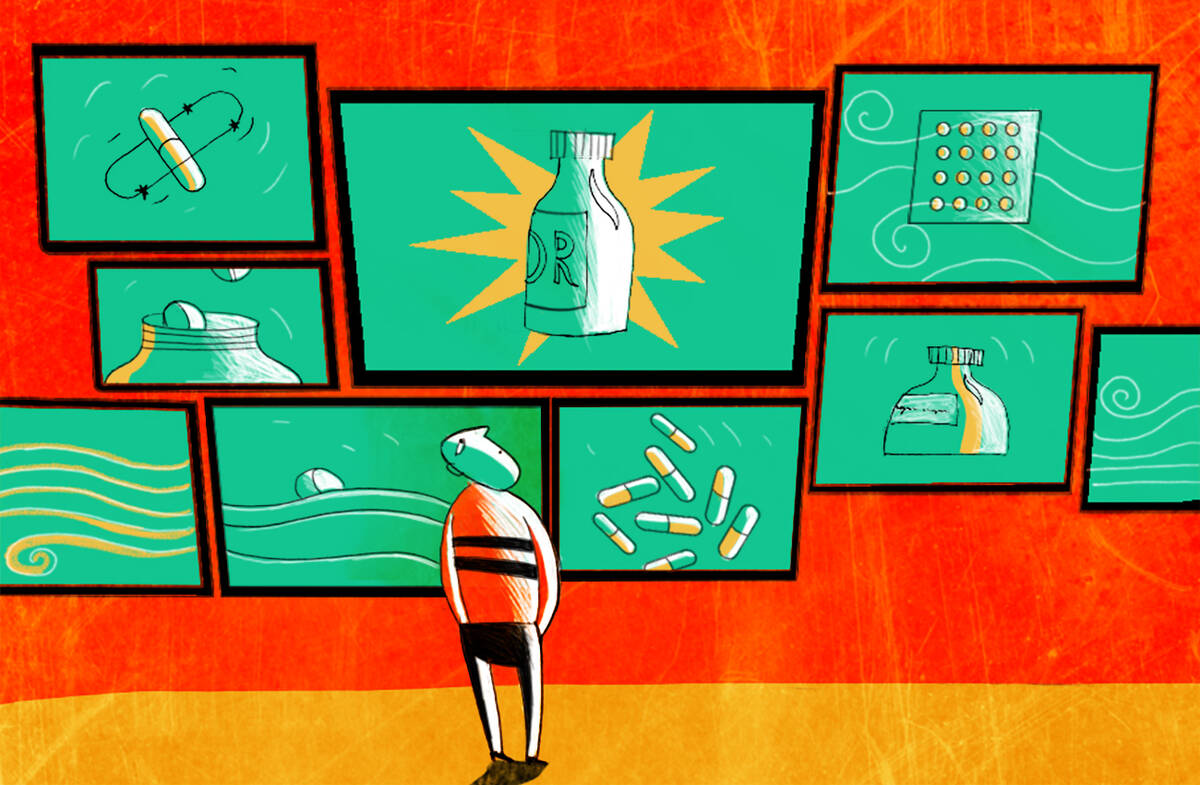Featured Faculty
Henry Bullock Professor of Finance & Real Estate; Director of the Crown Family Israel Center for Innovation; Co-Director of the Guthrie Center for Real Estate Research

Yevgenia Nayberg
On November 9, when Pfizer announced positive early results from its COVID-19 vaccine trial, its stock price popped more than 7 percent. It has since declined somewhat—but investors are still eyeing Pfizer’s stock, trying to predict: Will the vaccine be a major cash cow for Pfizer? Could it ultimately be Pfizer’s most profitable drug ever?
For decades, vaccines were mostly neglected by the major pharma companies. Large drug makers preferred to focus on drugs such as Lipitor—a statin used to lower cholesterol in the blood—which was first approved in 1997 and has contributed to Pfizer’s revenue a staggering $143 billion since 1999. Or Norvasc—a calcium channel blocker that widens blood vessels and improves blood flow—which has generated more than $50 billion in revenue for Pfizer in the last 20 years.
Drugs like Lipitor and Norvasc are so profitable because they are prescribed to patients with a common and chronic condition, and as long as the drug is protected by a patent, this exclusivity translates into high prices and profit margins. For instance, between 2004 and 2011, when its patent expired, Lipitor generated more than $10 billion a year.
Other profitable drugs may treat less common conditions but sell for very high prices. For example, in 2018 a bottle of 90 pills of Lyrica—a medication that treats epilepsy, as well as neuropathic pain and damage due to diabetes, shingles, or fibromyalgia—cost more than $650 before rebates and discounts. Since its FDA approval in 2005, Lyrica has generated more than $52 billion in revenue.
Could the mRNA-based vaccine for COVID-19—known, at least for now, as BNT162b2—be similarly lucrative? Probably not.
The economics of vaccines are different. Unlike a drug that treats an ongoing chronic condition, a vaccine, and in particular an effective vaccine, typically requires only a few doses to offer protection for life. For example, the polio vaccine provides lifelong immunity, and adults who are at increased risk of exposure to the virus may receive another lifetime booster dose. Even the seasonal influenza vaccine is administered only once a year—and that’s for those who choose to take it at all.
“There has been a surge in investment in vaccines in the last decade.”
— Efraim Benmelech
There is huge demand for vaccines. After all, most of us have received quite a few of them at some point in our life. Today, the CDC recommends that children receive more than 30 vaccine doses by the age of 12. However, traditional vaccines have abysmal profit margins. In 2005, global vaccine sales amounted to $8.9 billion—significantly less than the amount earned that same year by Lipitor alone.
But there has been a surge in investment in vaccines in the last decade. Insurers and governments in developed countries began paying higher prices, and demand for vaccination has increased in developing countries as well. In fact, Pfizer’s best-selling drug these days is a vaccine called Prevnar 13, which is recommended for all children younger than 2 years old and all adults aged 65 years or older to protect against pneumonia. When it was approved in 2010, Pfizer was able to charge $108.75 per dose in the U.S.—much higher than previous vaccines—and prices have only gone up. In 2019, Prevnar 13 had $5.8 billion in revenue, more than Lipitor, Lyrica, or Viagra.
But it is unclear whether BNT162b2 will be as successful. For starters Pfizer will not be able to charge as high a sticker price for its coronavirus vaccine. Pfizer has signed agreements to supply 100 million doses in the U.S., 200 million in Europe and 40 million in the U.K. But these multitudinous doses will not sell for a $100 or $200 per dose: the U.S. government agreed to pay just $19.50 per dose. And while Pfizer said that it will charge other developed countries a similar price for its vaccine, rivals Johnson & Johnson and AstraZeneca both pledged to make their vaccines available on a not-for-profit basis. For example, AstraZeneca is charging governments just $3 to $5 a dose throughout the pandemic.
Moreover, if there is one lesson that corporations and governments alike have learned during the COVID-19 crisis, it’s that long supply chains and overreliance on a few suppliers puts them at risk. Governments are likely to purchase vaccines from multiple firms and may give preference for local manufacturers. And there is no shortage of competition: plenty of other companies—including Johnson & Johnson, AstraZeneca, and Moderna—are also in the homestretch of their coronavirus vaccine development. Coronavirus vaccines have also been developed in other countries, such as China’s Sinopharm vaccine and Russia’s Sputnik V coronavirus vaccine.
All this competition means that, while Pfizer’s profits next year should be hefty—a recent analysis by Morgan Stanley estimates that Pfizer’s revenue in 2021 will be similar to what it made with Prevnar 13 in its peak year—it’s less clear that this level of sales will be sustained in the years to come. Ironically, the more effective a vaccine is—and from early indicators, Pfizer’s vaccine appears to be quite effective—the less likely it will generate income in the future. An effective enough vaccine, after all, could eradicate the pandemic and make itself increasingly irrelevant.
BNT162b2—we can hope it gets a better name—will generate significant revenue and profit for Pfizer. But in all likelihood, it will not be the new Lipitor. Still, it will do something even more important: help to save lives and livelihoods.
*
This article originally appeared in Forbes.